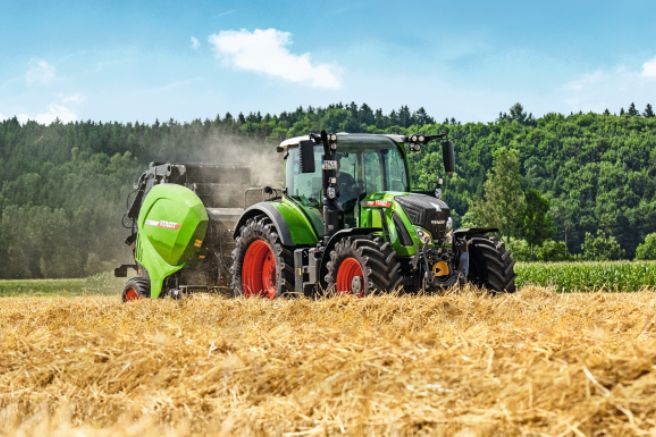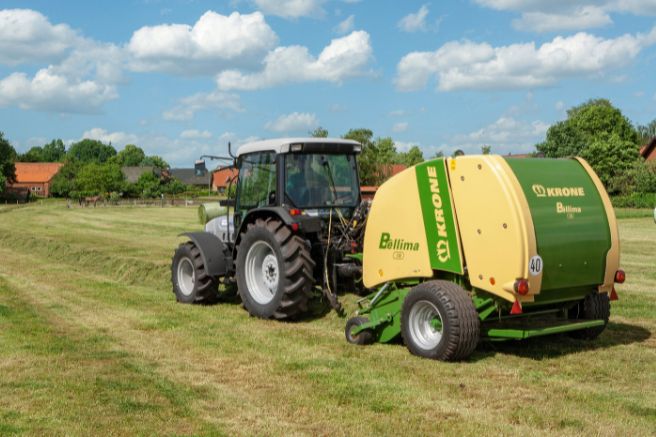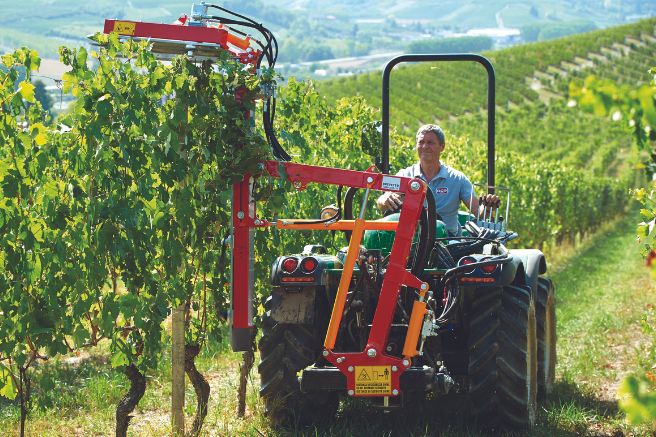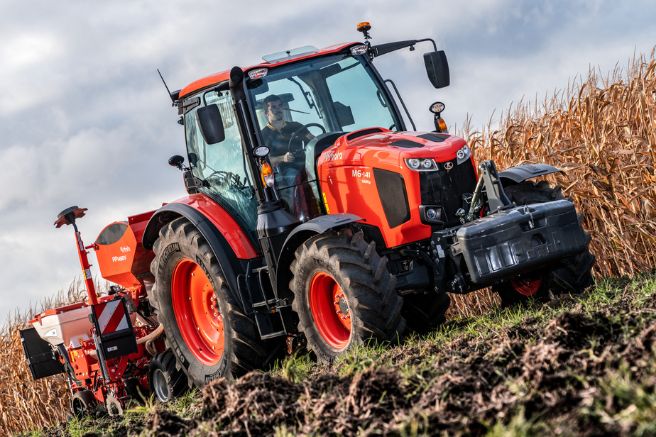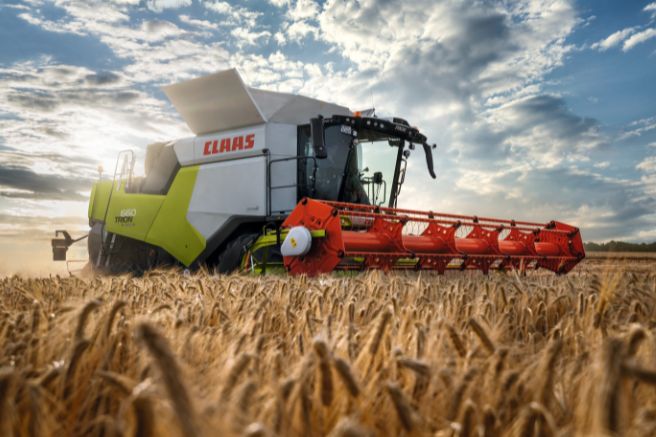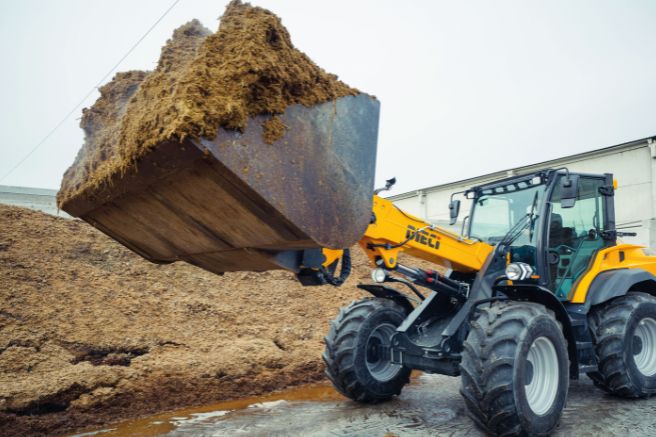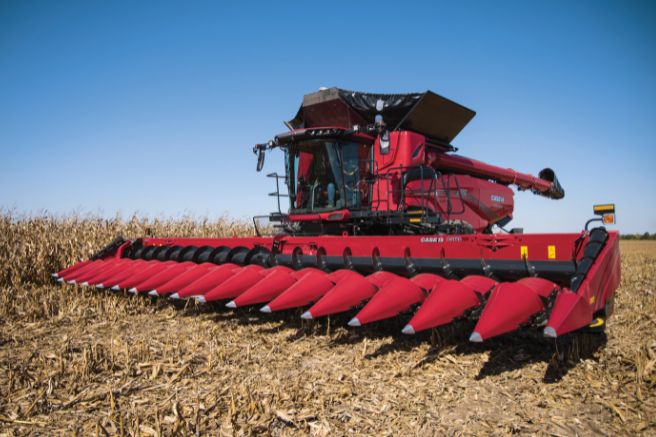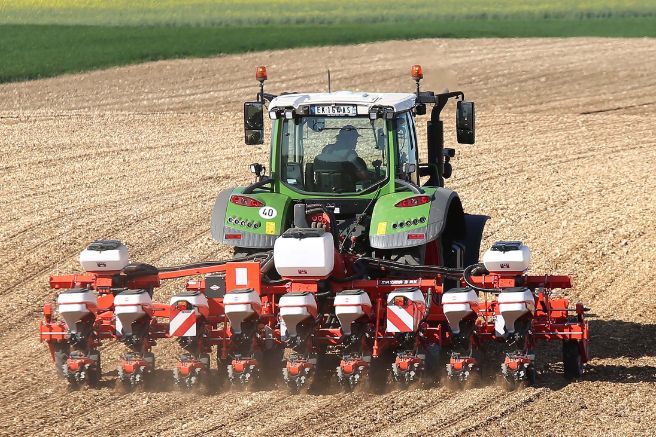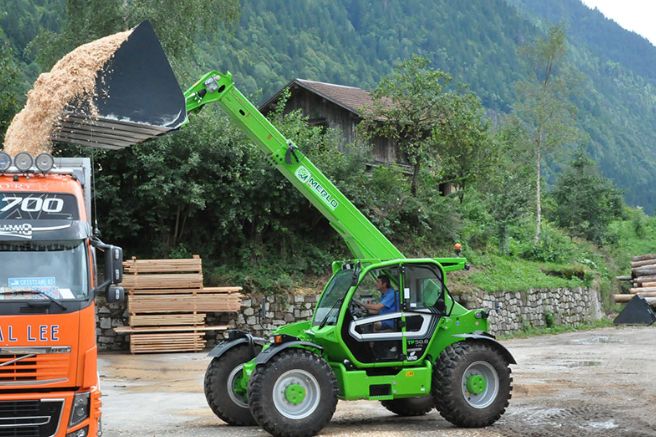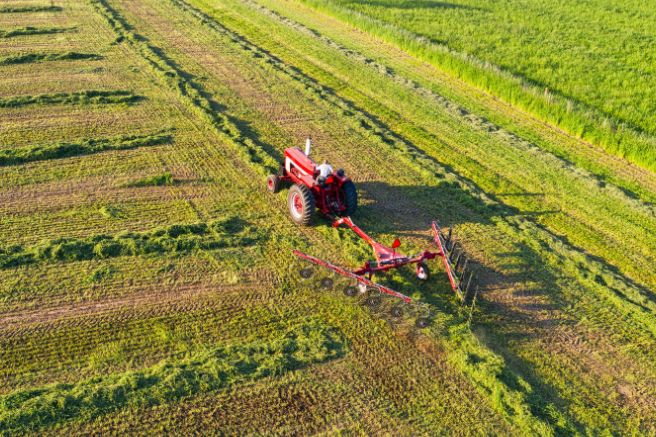First in average performance and first in fuel efficiency. But also first in comfort level and ease of management. The tests conducted by the German agricultural machinery testing and analysis organization “Dlg” on new market entries have left no doubts in the case of the Fendt “728 Vario Gen7”. A demonstration of balance The German tractor excelled in almost all test areas, indicating an operational balance that few other tractors can match. It should be noted that the Dlg tests are the most rigorous a tractor can face. They last…
Read MoreCategory: Home
Varied and reliable: here is the Krone round baler range
Collinear or plain and of industrial or family sizes, Italian farms represent one of the most diversified agricultural and zootechnical production landscapes in Europe. In addition to this entrepreneurial reality, there are professional subcontractors who, by their very mission, are compelled to meet the most diverse requests from clients. In fact, it is a true productive universe with highly varied haymaking needs that can only be met through specialized equipment with diverse technological, performance, and operational characteristics. Krone round baler: the top is the “Varipack” series Confirming this diverse offering…
Read MoreWith Ferrari “Vega” series model year 2024 only the best
Renewed in technical content and functional solutions, Ferrari’s top-of-the-line isodiametric tractors, the “Vega” series, find their most evolved and comprehensive offer in the “Vega 85” models. They are available in four versions: articulated, steering, “DualSteer,” and “Mt,” and boast all the latest technologies developed by Bcs Group. Technical innovation combined with product diversification has always been one of the prerogatives that have allowed the Bcs Group to play a leading role in the agricultural mechanization sector over the past 80 years. An industrial philosophy that encompasses all commercial areas covered…
Read MoreKubota “M6001 Utility” series: European focus
On the one hand, the development of new technologies aimed at the sustainability of agricultural activities, with the vision of the future of the sector which will be outlined in Osaka on the occasion of Expo 2025. On the other, the evolution of its commercial offer on all the main advanced markets. Innovation at the service of the market It is with this dual interpretation that the moves of the Kubota group can be interpreted in light of both the acquisitions of companies and start-ups dedicated to the design of…
Read MoreClaas “Trion” range, a combine harvester with solid performance
Held in Dubai, United Arab Emirates, from November 30th to December 12th, the 28th edition of the United Nations Conference on Climate Change, abbreviated as “Cop 28,” has repositioned agriculture at the center of the global economic-environmental scenario. The annual meeting of the countries that participated in the event has indeed changed the traditional paradigms of discussion for the first time, omitting both the usual generic and predictable speeches regarding the need to protect the environment and those fanciful proposals for epochal changes that in Europe materialized in the utopian…
Read MoreWith Dieci’s “Agri Pivot T80,” load management is also automated
Officially, it can move loads of up to 35 quintals and unload bulk materials up to almost four and a half meters in height. It also provides a pulling force of 60 tons and a towing capacity of 66, performance close to those offered by the top-of-the-line telehandler that Dieci offers in its “AgriFarmer” series, the “34.7” model, whose telescopic arm, however, exceeds six meters in height with its joint. Put in these terms and considering that the price difference between a telescopic loader and a telehandler exceeds 40,000 euros,…
Read MoreThe lady in red by Case Ih: here is the “Af11” combine harvester
Initially marketed only in North America, the new top-of-the-line axial combine harvester “Af11” by Case Ih aims to redefine industry performance standards not only in terms of power output but also, and above all, in terms of hourly productivity and automation of operational processes. Based on the latest agricultural censuses in Italy and the United States, the average surface areas of the two primary sectors show incomparable extensions. 188 hectares beyond the Atlantic Ocean, 14 and a half hectares in the Belpaese. An almost abysmal difference that, although known and…
Read MoreKuhn seeders series “Maxima 3” and “Kosma”, precision in their dna
The masses involved are among the operational parameters to be carefully evaluated when choosing equipment. Heavy weights are not always essential, especially if, with the same final result, using lower masses also helps reduce the risks of soil compaction and fuel consumption. This is especially true when using seeders, machines that, depending on the type of work to be done and the soil conditions, must adapt to specific needs in order to always guarantee the best ratio between performance and operating costs. For this reason, Kuhn has tailored its offering…
Read MoreMerlo system “Hi-Flow”
When an agricultural machine has a hydraulic system designed to operate external equipment, it is customary for the system to always maintain this circuit at a minimum working pressure called “standby pressure”, which is necessary to ensure immediate responses to energy demands from operators. This pressure is normally higher than the minimum working pressure and is activated within a few seconds after the machine in question has been started. It is then maintained if the hydraulic system is not used until the machine is turned off. This results in continuous…
Read MoreTractor market january-march 2024: all as expected
“Income contraction in agriculture, monetary tightening, geopolitical uncertainty, and inflation have influenced the performance of the agromechanical market in the first quarter of the year.” This is how FederUnacoma, the association of agricultural machinery manufacturers, introduced the data on tractor registrations recorded by the Motorization in the first three months of the year. The organization identifies four reasons behind a decline exceeding 25 percent, and indeed, they all hold true. However, there are two other equally significant reasons. The first lies in the excessive generosity with which the State has…
Read More
